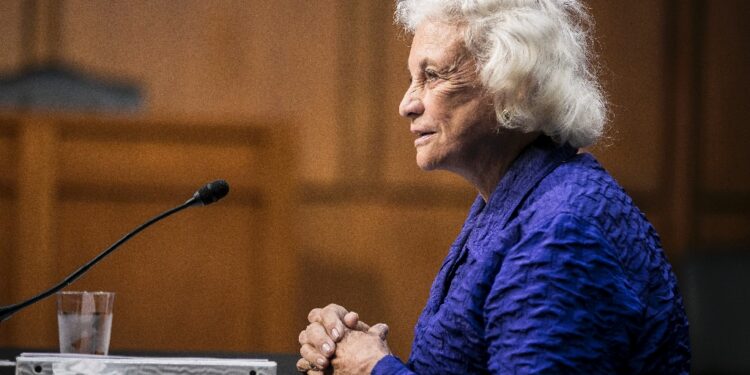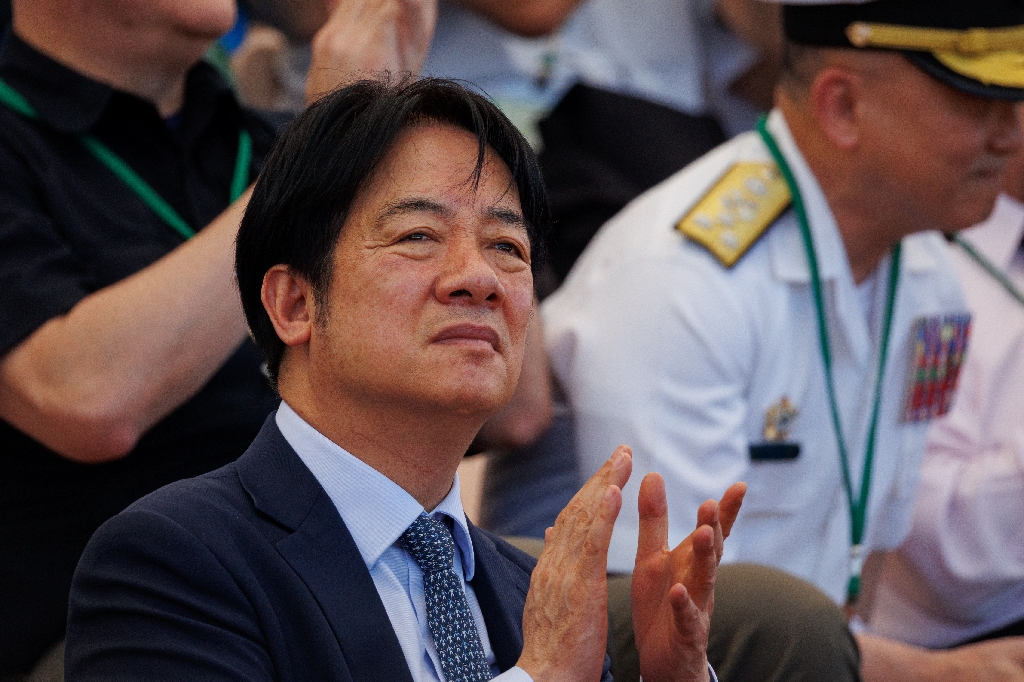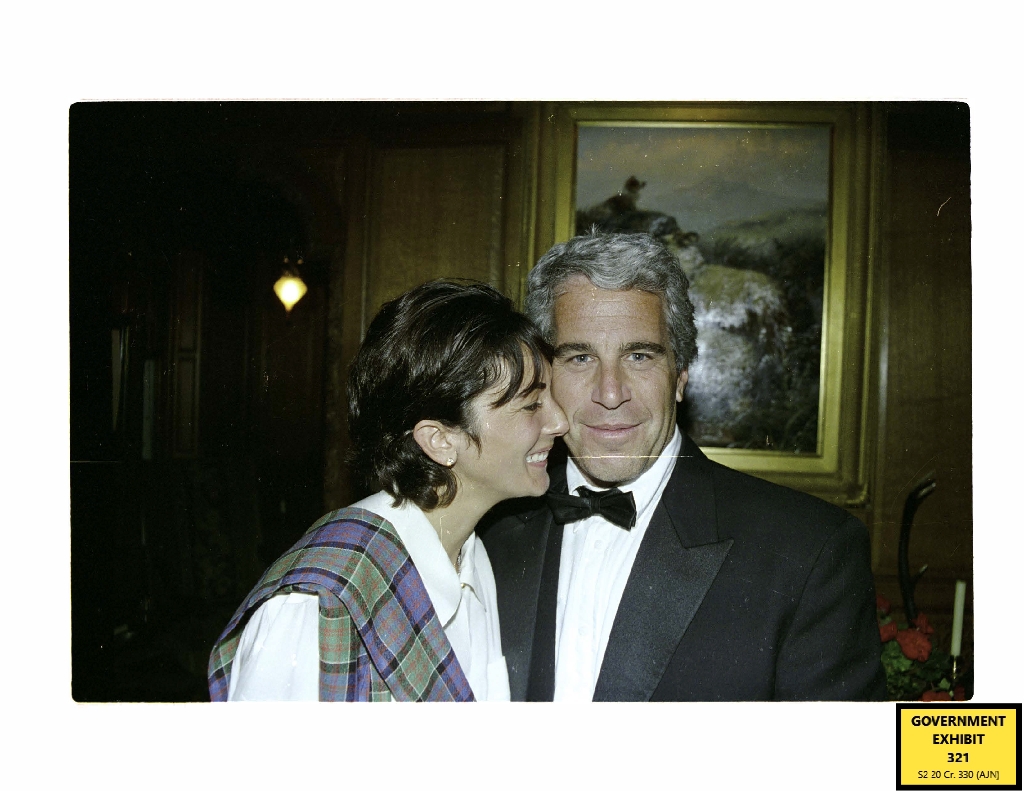Retired US Supreme Court justice Sandra Day O’Connor, the first woman appointed to the nation’s highest court and a noted pragmatist in an age of deep division, died Friday. She was 93.
O’Connor died at her home in Phoenix, Arizona, of complications related to advanced dementia and a respiratory illness, the court announced.
“Sandra Day O’Connor blazed an historic trail as our nation’s first female justice,” Chief Justice John Roberts said.
“She met that challenge with undaunted determination, indisputable ability and engaging candor,” Roberts said. “We celebrate her enduring legacy as a true public servant and patriot.”
O’Connor was appointed to the Supreme Court by Republican president Ronald Reagan in 1981 and confirmed in a 99-0 vote by the Senate.
She served as one of the nine justices on the court until 2006 and wielded enormous influence as a crucial “swing vote” in a court evenly divided between liberals and conservatives.
“In virtually every area of constitutional law, her key fifth vote determines what will be the majority’s position and what will be the dissent,” law professor Erwin Chemerinsky said in a 2001 article.
“Lawyers who argue and write briefs to the Court know that often they are, for all practical purposes, arguing to an audience of one,” said Chemerinsky, now the dean of the University of California, Berkeley School of Law.
Displaying a preference for pragmatism over ideology, O’Connor tended to occupy the moderate middle ground during her decades on the bench.
She voted to uphold a woman’s right to abortion in a 1992 ruling that was overturned by the conservative-majority court last year.
She sided with the conservative majority that blocked the 2000 Florida presidential election recount and effectively handed the White House to George W. Bush.
She outraged conservatives a few years later by helping to uphold the University of Michigan Law School’s right to run a race-conscious affirmative action admissions policy.
O’Connor proved the decisive vote on cases that upheld the government’s neutrality towards religion, including a 2005 ruling that it was unconstitutional for the Ten Commandments to be displayed in courthouses.
Ruth Bader Ginsburg, a liberal, was the second woman nominated to the court — in 1993 — and there have been four other women justices since then, all of whom are currently serving on the bench.
– ‘Trailblazer’ –
Sandra Day was born on March 26, 1930, in El Paso, Texas, and grew up on a cattle ranch in southeastern Arizona.
A legal dispute over the family ranch stirred her interest in law and O’Connor enrolled at prestigious Stanford Law School, where she briefly dated William Rehnquist, a classmate with whom she would eventually serve on the Supreme Court.
She ultimately married another fellow student, John Jay O’Connor, in 1952. He died in 2009.
Following a five-year break from work when she started a family, she served as an Arizona assistant attorney general from 1965 to 1969, when she was appointed to a vacancy in the Arizona state senate.
In 1974, O’Connor ran successfully for trial judge, a position she held until her appointment to the Arizona Court of Appeals in 1979.
Eighteen months later, Reagan nominated her to the Supreme Court.
Upon leaving the court, in part due to her husband’s battle with Alzheimer’s, O’Connor founded an organization to teach middle and high school students about civics via online games and other remote learning tools.
She was the author of five books including one about her childhood and another about her experiences on the court — “The Majesty of the Law: Reflections of a Supreme Court Justice.”
In 2018, O’Connor announced that she had been diagnosed with the beginning stages of dementia and was stepping away from public activities.
“While the final chapter of my life with dementia may be trying, nothing has diminished my gratitude and deep appreciation for the countless blessings in my life,” she said in an open letter.
“As a young cowgirl from the Arizona desert, I never could have imagined that one day I would become the first woman justice on the US Supreme Court.”
Tributes poured in following her death — from former clerks to current Democratic and Republican lawmakers.
Republican Senator Chuck Grassley, former chairman of the Senate Judiciary Committee, described O’Connor as a “trailblazer” who “always worked to find consensus.”
Democratic Senator Amy Klobuchar said O’Connor’s “example showed us that anything and everything is possible.”
O’Connor is survived by three sons and six grandchildren. – Chris Lefkow




